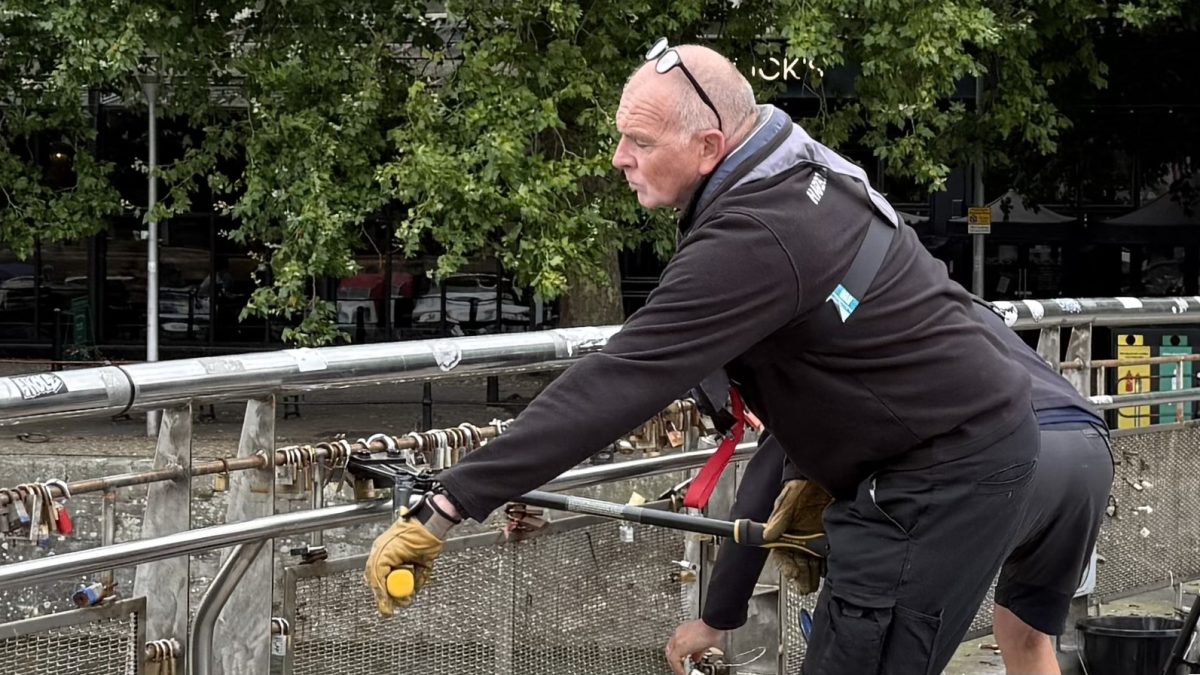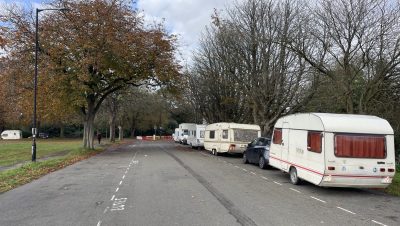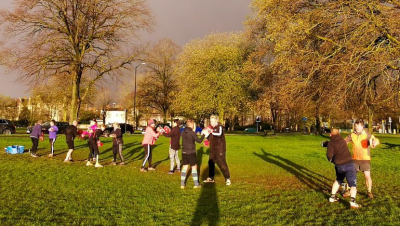News / pero's bridge
Pero’s Bridge padlocks could be transformed into artwork
Bristol City Council staff are continuing to remove the ‘love locks’ on Pero’s Bridge.
The estimated three tonnes of metal on the span will be removed by the middle of September with an artwork likely to be made from the broken locks.
The weight of the padlocks means that the bridge can no longer lift, with many people also praising the council for removing the locks which are seen as an eyesore, especially on a bridge commemorating a man who was enslaved.
is needed now More than ever
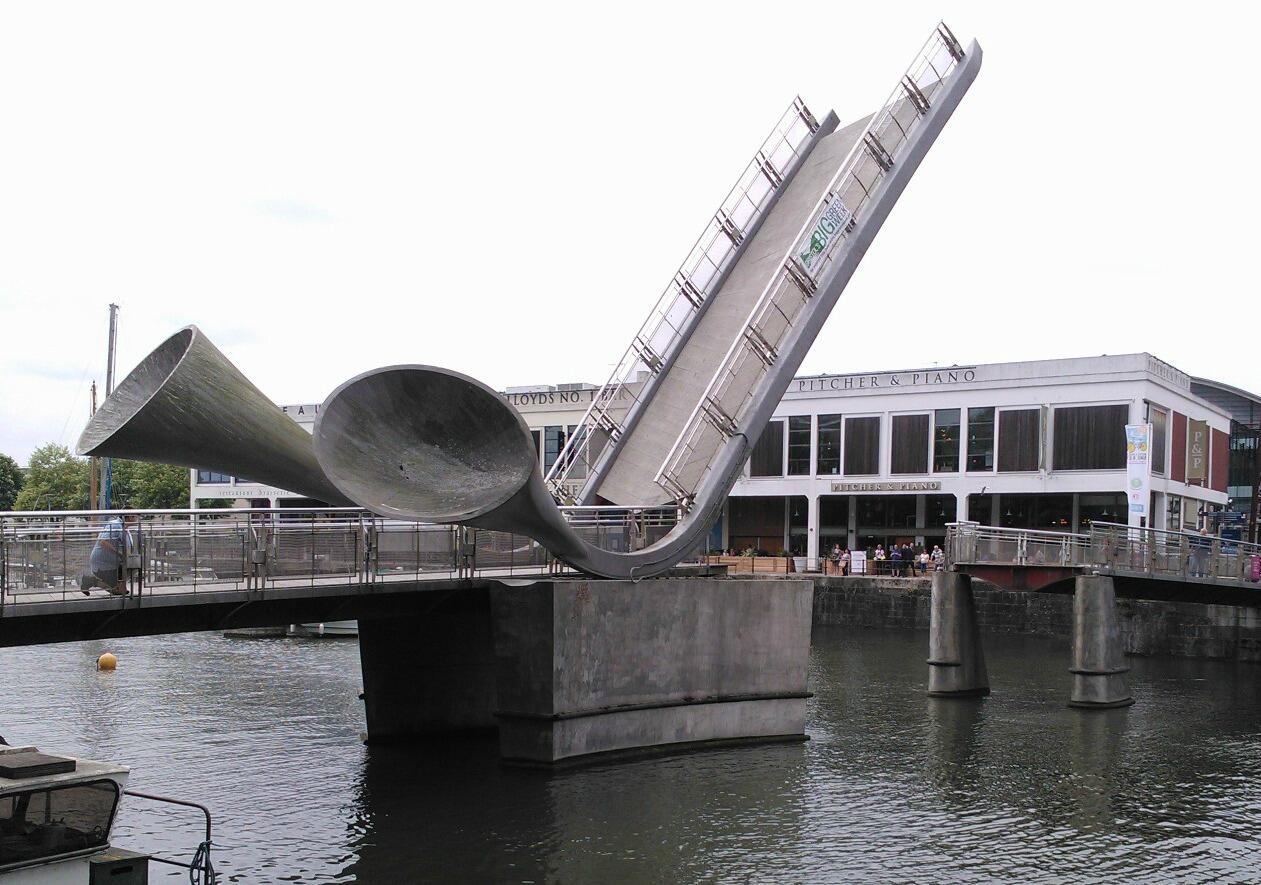
Pero’s Bridge is rarely lifted but the weight of the lovelocks currently attached to it are preventing it from lifting at all – photo: Martin Booth
In a statement, Andrew Brown, chair of the economy & skills committee and harbour committee, said: “Progress is being made on the removal of the locks to relieve Pero’s Bridge of the extra three tonnes it’s carrying and prevent over-loading of the structure.
“Our operational staff are fitting this work in around their regular duties, and plan to remove the majority of locks using bolt croppers to minimise any damage and disruption, keeping the bridge open for as long as possible.
“This approach means we expect work to continue into mid-September.
“Towards the end of the works, when the final, more difficult to remove locks will be cut away using an angle grinder, the bridge may need to be closed for short inspection periods.
“Once all of the locks have been removed, structural condition surveys will be carried out to assess the overall condition of the bridge and what structural repairs are needed.”
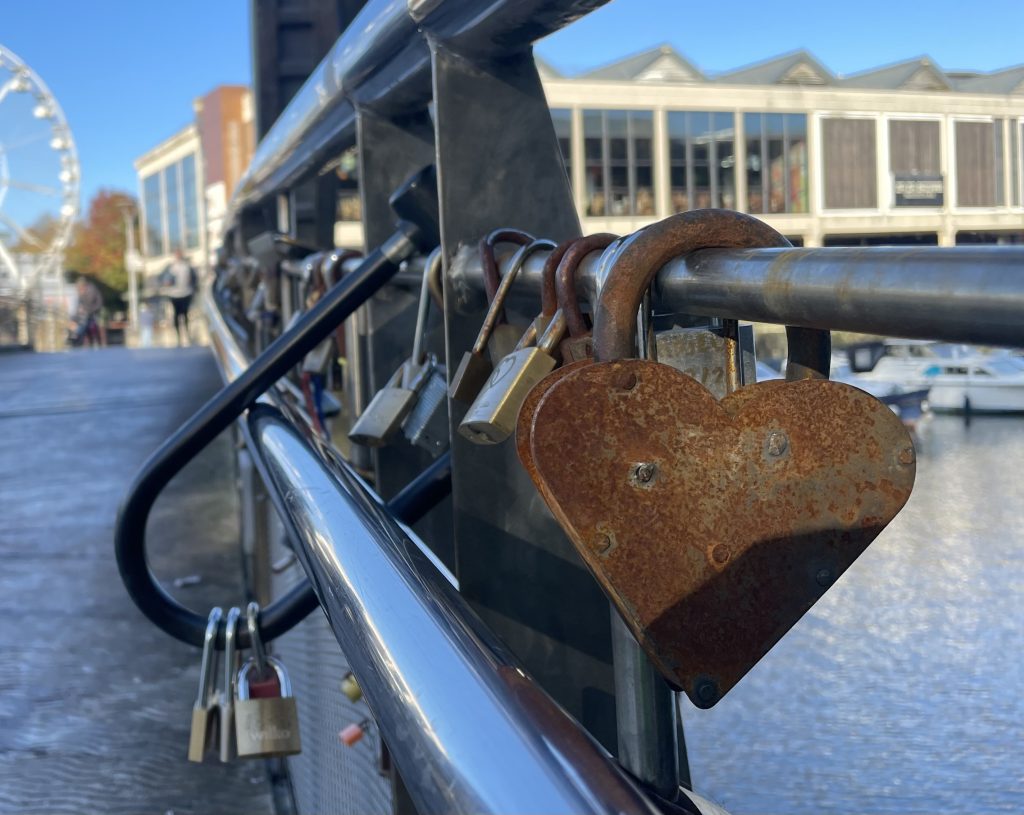
Some of the lovelocks are attached to larger locks and even D-locks – photo: Martin Booth
Varney added: “The removed padlocks are being securely stored in a large container, on the Arnolfini side of the bridge while we explore the possibility of involving artists in the creation of a permanent structure to house the locks.
“We recognise the sentimental value of these locks and the importance of providing a place where people can still visit their lock to remember the reasons they attached it to the bridge.”
Main photo: Martin Booth
Read next:
 Our newsletters emailed directly to you
Our newsletters emailed directly to you